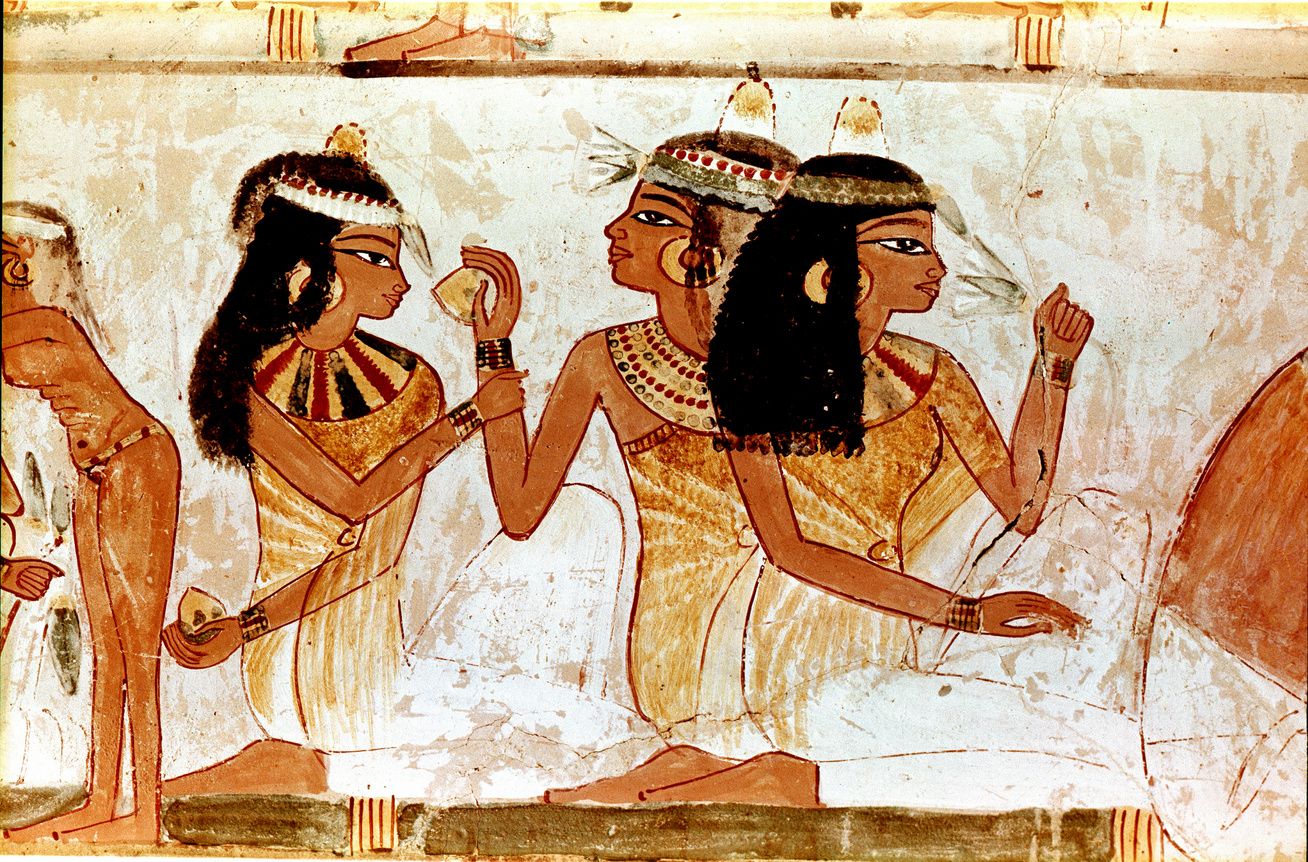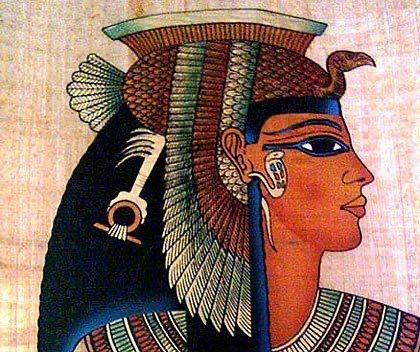



HOW I LOVE BEING A WOMAN!
With our blog series, we would like to explore women's beauty habits and the evolution of their lifestyle and social role over the centuries.
Women at the dawn of civilisation in ancient Egypt
Ancient cultures were uniformly male-dominated, with women playing a subordinate role. Egypt was a unique society compared to other empires in that women's status, social role and freedom were much more extensive. Egypt led the way in the empowerment of women, giving women rights in all aspects of life. They believed in the institution of marriage and the family, but women were often allowed to choose their own mates and were considered more equal partners in marriage.
"Egyptian women enjoyed an independence and freedom that women in the Middle East and classical Greece, and even in medieval Europe, would have envied. Egyptian women's inheritance and property rights were more favourable than those of married women in Victorian England."
In contrast to the societies of the time, they not only played an important role in the family, but could also choose their profession and vocation. The prerequisite was to learn to read and write, after which they could become priests, teachers or doctors. Written records tell of a lady who was a doctor around 2500 BC. Pesheshesh is considered to be the earliest known female doctor in ancient Egypt. After her studies, she devoted her life to healing people and teaching medical students herself.
Beauty-care in ancient Egypt
In Egypt, body care and appearance played a big role.
Surviving sources tell us that even the dead had various cosmetics placed next to them: eyeshadow holders, perfume bottles, hairdressing accessories. The dry climate made it necessary to take good care of the body from a health point of view, so they used soaps, creams and oils made from vegetable oils and Dead Sea salt to care for their skin and perfumed themselves with aromatic perfumes. They liked spas. The 'make-up' of the time, used by both men and women, played an important role. The make-up consisted of black eye contouring, new eyebrows were painted in place of shaved eyebrows, and eyelashes were darkened with galenite powder, a sulphide of graphite.
The Queen of Beauty
Cleopatra's name is synonymous with beauty and beauty care, not just in Egypt, but all over the world. No wonder, for the pharaoh was a beauty coach ahead of her time!
But Plutarch, the ancient Greek historian, put it this way:
"...her beauty, it is said, was not incomparable in itself, nor so beautiful as to dazzle those who saw her, but her conversation with him had an irresistible charm and presence, coupled with her conviction. "Whether he was right about her beauty we do not know, but we do know that Cleopatra impressed people with her radiance, with the charm of her personality, not just her features.
However, its beauty benefits are unquestionable, many have been researched, studied and some are still noted as examples to follow in beauty care.
She used sea salt as a natural eraser to exfoliate her body and face.
She bathed in milk instead of water with salt, essential oils and aromatic flowers to moisturise her skin.An important part of her facial routine was washing her face several times a day with oil and chalk or oil and lime, then rinsing her skin with apple cider vinegar. Problem areas and acne were treated with rose water. She used a mixture of juniper berries and oil to dye her hair, and dyed her nails a reddish brown with henna. For lipstick, she used a mixture of red ochre and fat. To treat redness caused by the sun's intense rays, she used a mask made from green grapes and honey.
We hope that you found the first part of our series interesting and exciting and that you will join us for the next.

Keeping touch
F I Y